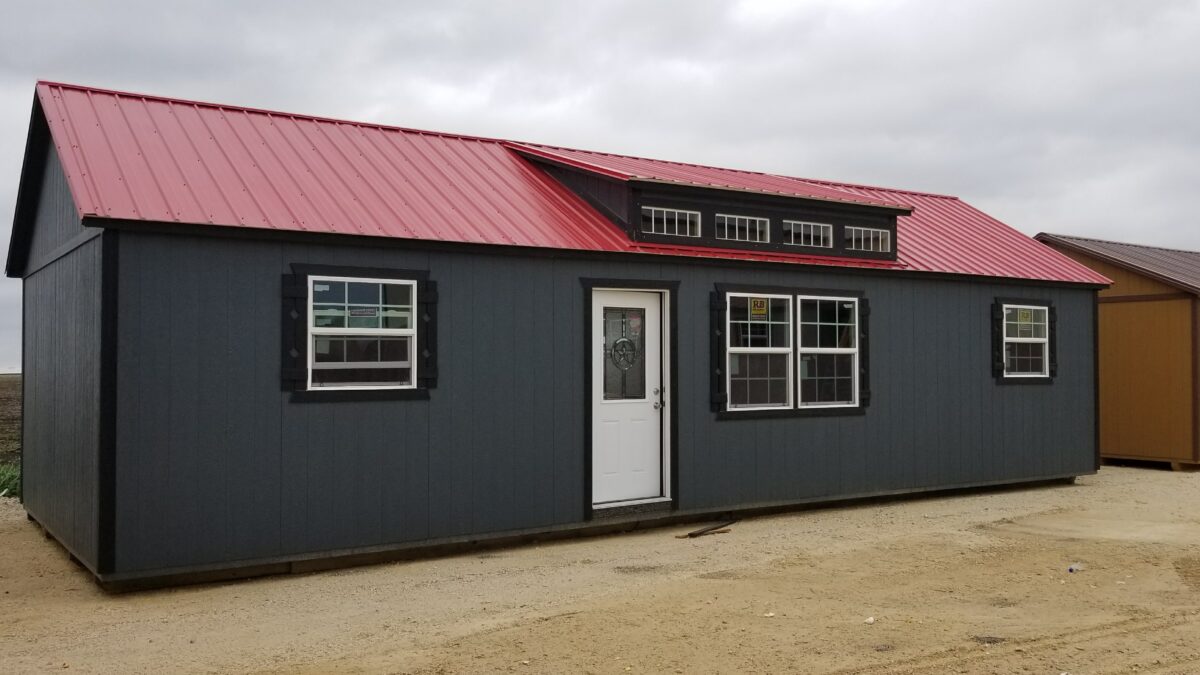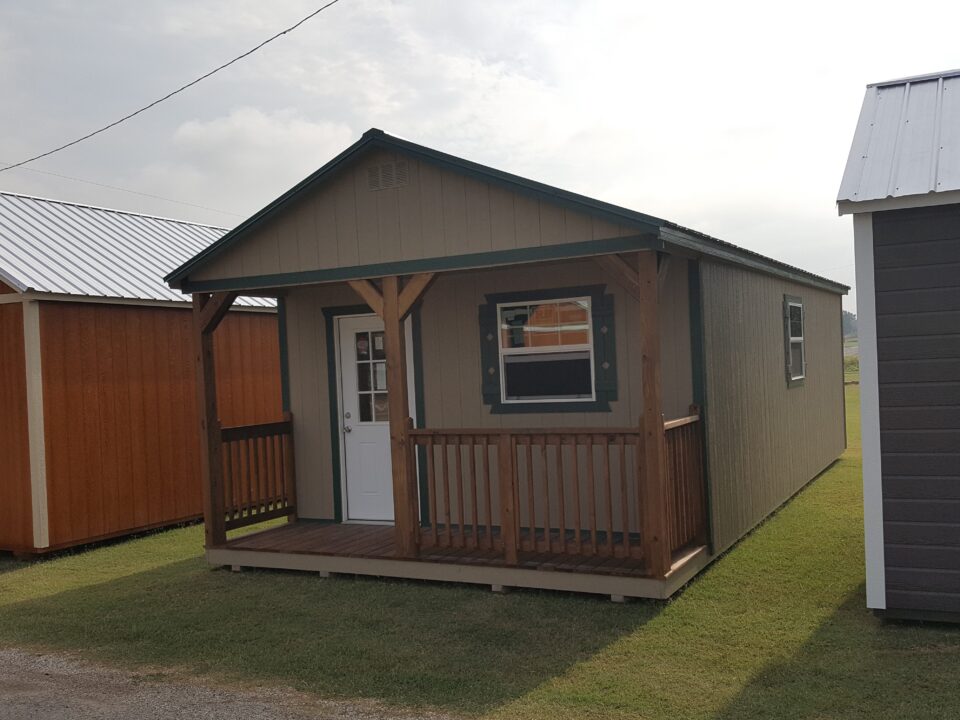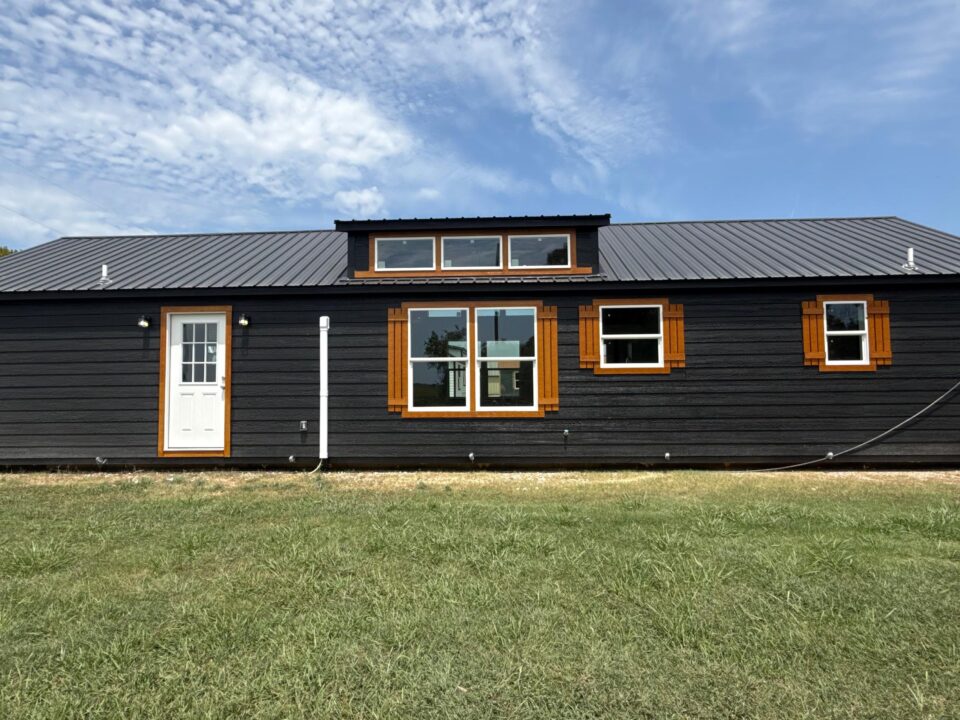
Discover Quality Tiny Homes and Portable Buildings with Wolf Valley
March 28, 2023
Why the 16×44 Dormer Cabin Is the Smartest Move for Full-Time Living or Rental Income
April 4, 2023📍 Navigating Tiny Home Zoning Laws and Regulations in Texas, Oklahoma, and Arkansas
🏠 Embracing the tiny home lifestyle offers a chance at minimalism, financial freedom, and eco-conscious living. But before you start downsizing, you’ll need to navigate zoning laws 🗺️ and building regulations 🧱 to ensure your dream home is legally sound. At Wolf Valley Homes, we’re here to help you make sense of the rules in Texas, Oklahoma, and Arkansas.
🛠️ What Are Zoning Laws and Building Codes?
📋 Zoning laws determine how land can be used, including whether tiny homes are allowed in a specific area. Building codes ensure that any structure—tiny or not—is safe, durable, and livable. These rules can vary from state to state, city to city, and even neighborhood to neighborhood, so it’s important to do your homework before placing your tiny home.
🤠 Texas: Friendly but Fragmented
🗺️ Texas doesn’t have uniform regulations for tiny homes, which means each city or county sets its own rules.
✅ On Foundation: Must follow local building codes—think minimum square footage (usually 70–120 sq ft for rooms), 7-foot ceiling height, and safety standards.
🚐 On Wheels: These are considered RVs and often only allowed in designated RV parks or mobile home zones.
🌟 Tiny-Home-Friendly Spot: Spur, TX claims to be the first city in America to openly welcome tiny houses, requiring them to be on permanent foundations and built to code. 📖 Learn more
🌾 Oklahoma: Local Rules Lead the Way
📌 Oklahoma also has no statewide policy, so it’s up to counties and cities.
🏘️ Friendly Cities Include: Oklahoma City, Tulsa, Norman and Stillwater
📄 In Norman, for example, officials have proposed tiny homes on foundations as primary residences in certain zoning districts. 📑 See city documents
🧭 Counties like Flore and Osage are generally accommodating—but always confirm with local zoning boards.
🍂 Arkansas: Proceed with Caution
🏡 Tiny homes are gaining traction in Arkansas, especially near natural retreats.
🧱 On Foundation: These are more commonly accepted but subject to specific local codes.
🚎 On Wheels: Like in other states, they’re treated as RVs and typically must be parked in RV zones or private property with proper permission.
📏 ADUs in Arkansas: Must be no taller than 20 feet or exceed the primary residence in height.
🧾 Read more
🌳 Community Highlight:
Eagle Homes on Monte Ne in Rogers is one of the region’s standout communities for sustainable tiny living.
🔗 Visit their site
📝 Tips to Stay Compliant
🧐 Research Local Rules: Always consult local planning departments before building or buying land.
🛠️ Permits Are Essential: Get all the necessary paperwork for utilities, water, and sewage.
🌐 Check Your Zoning: Even rural land can come with restrictions!
👥 Join Local Communities: They can offer real-life advice and may even help you navigate approval processes.
✅ Conclusion
Tiny homes are a fantastic option for anyone looking to downsize, live simply, or reduce their environmental footprint 🌎. But before you go tiny, you’ve got to go legal. Each state—and often, each city—has different rules, so knowledge is your best foundation 🧱.
At Wolf Valley Homes, we don’t just build beautiful, high-quality tiny homes—we help you make sure they’re built right and built legally. Whether you’re looking to live in Texas, Oklahoma, or Arkansas, we’re here to make your journey smooth, supported, and fully compliant. 💯
🔗 Helpful Wolf Valley Resources:





